Constraint-Induced Language Therapy for Chronic Post-Stroke Aphasia: A District-Wide Pre–Post Effectiveness Study from Sialkot
DOI:
https://doi.org/10.61919/193pbj86Keywords:
Aphasia, Constraint-Induced Language Therapy, Stroke Rehabilitation, Neuroplasticity, Speech Therapy, Low-Resource SettingsAbstract
Background: Aphasia remains a major cause of long-term communication disability after stroke, substantially impairing participation, psychosocial wellbeing, and quality of life. Evidence supports intensive behavioral therapies for promoting neuroplasticity, yet real-world data on Constraint-Induced Language Therapy (CILT) in chronic post-stroke aphasia (PSA) from low- and middle-income settings remain scarce. Objective: To evaluate the district-level effectiveness of a standardized two-month CILT program in improving language outcomes among adults with chronic PSA in Sialkot, Pakistan. Methods: A prospective pre–post cohort study was conducted across five rehabilitation centers. Adults ≥1 month post-stroke with limited verbal output received CILT (three sessions/week, 60–90 minutes) for eight weeks. Primary outcome was change in Western Aphasia Battery Aphasia Quotient (WAB-AQ); secondary outcomes included domain scores for Spontaneous Speech, Naming+Reading, Repetition+Writing, and Comprehension. Paired t-tests and effect sizes (Cohen’s dz) quantified change. Results: Eighty participants (mean age 56.8±15.0 years; 55% male) completed therapy. Mean WAB-AQ improved from 24.51±5.92 to 77.38±8.48 (Δ=+52.86, 95% CI 50.80–54.92, t=51.02, dz=5.71, p<0.001). All domain scores showed significant gains (p<0.001). Aphasia severity migrated from 48 very severe and 32 severe cases pre-therapy to 36 moderate and 44 mild post-therapy. Conclusion: Intensive, short-cycle CILT yielded transformative improvements in chronic PSA, supporting its integration into district-level speech-language rehabilitation pathways.
Downloads
Published
Issue
Section
License
Copyright (c) 2025 Manahal Sughra, Saima Ashraf, Urwa Tul Esha, Abida Shehzadi, Sadia Ashraf (Author)

This work is licensed under a Creative Commons Attribution 4.0 International License.
© 2025 The Authors. This work is licensed under a Creative Commons Attribution 4.0 International License (CC BY 4.0).


